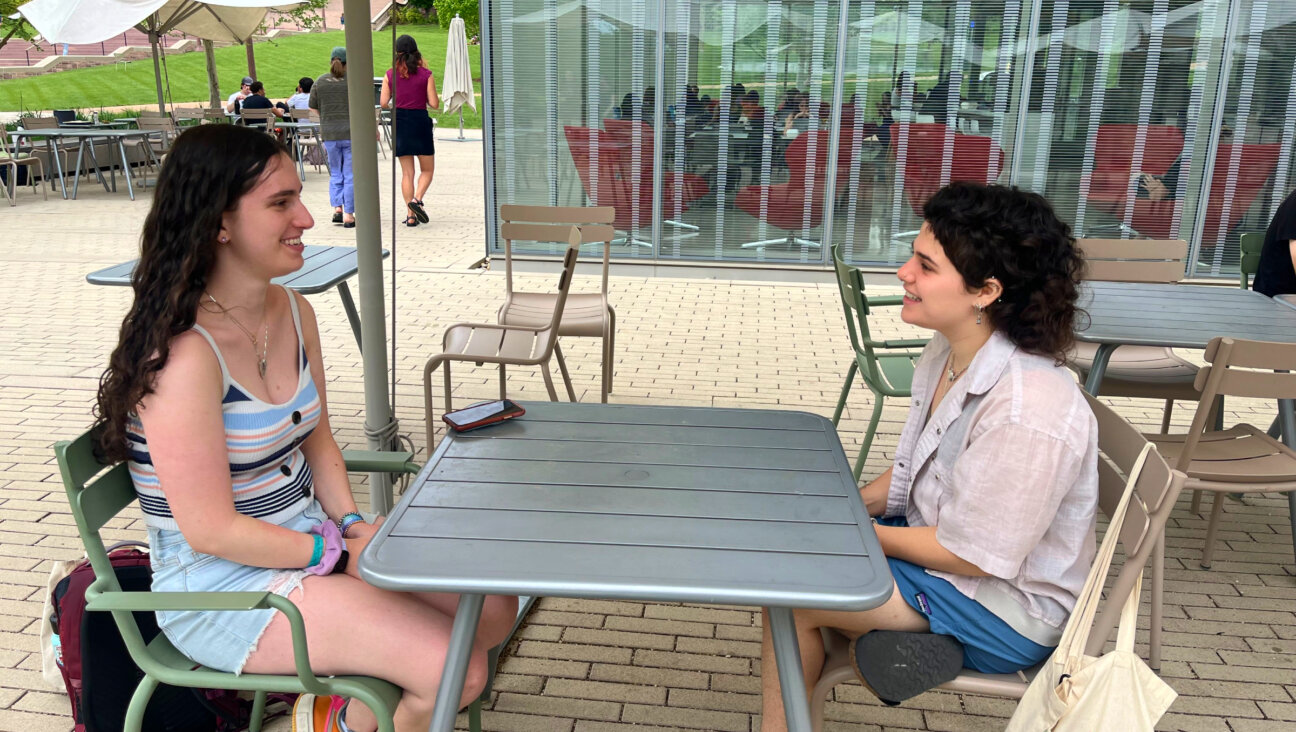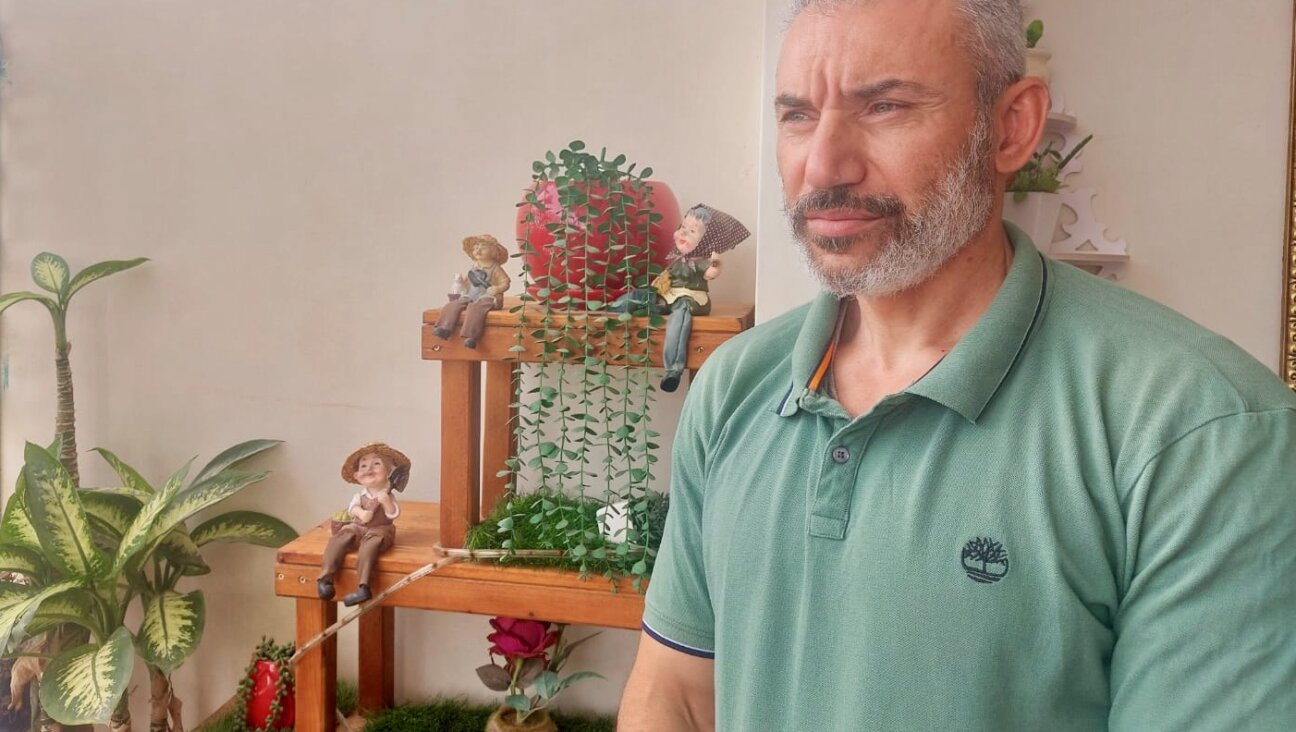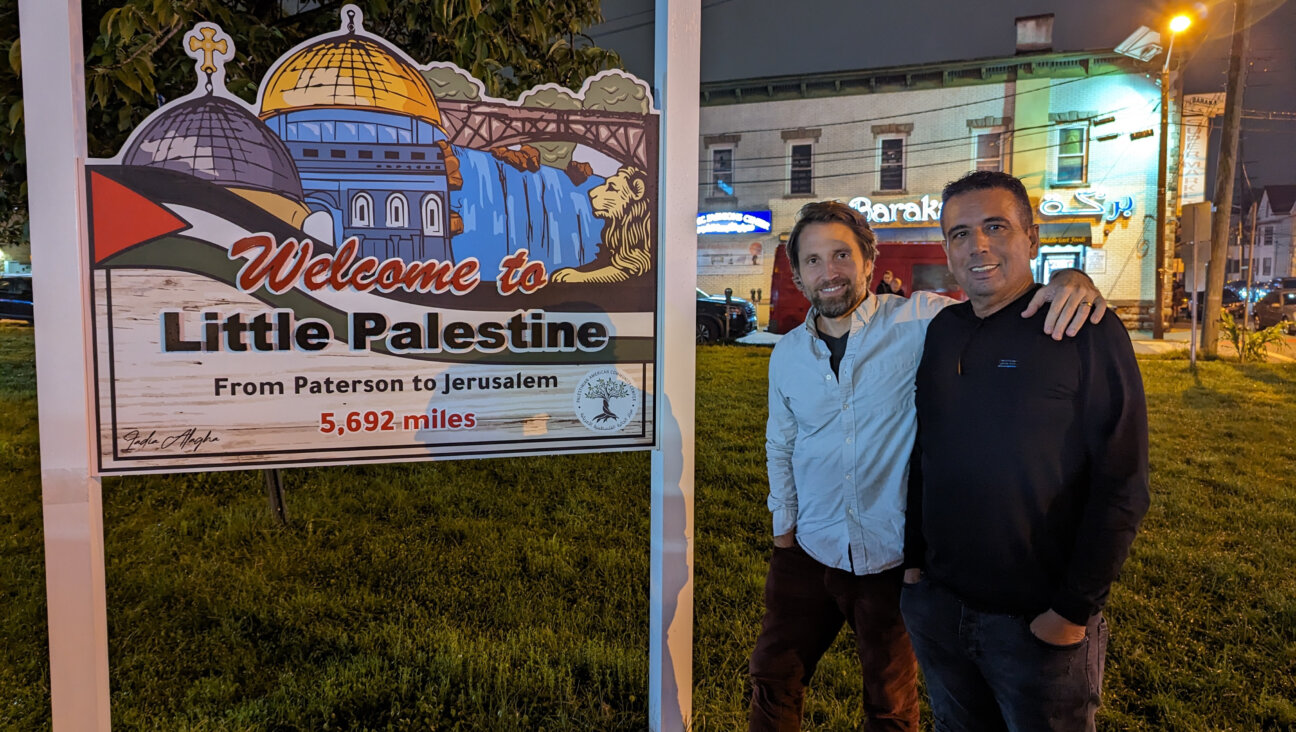Ohio State Gets Bloom’s Syndrome Grant
Richard Fishel describes DNA-mismatch repair as the human body’s spell-check program. In most people, this surveillance system is always on, correcting thousands of errors as cells transfer information to new cells. Fishel and his research partner, Joanna Groden, are heading a major new project devoted to finding a cure for Bloom’s syndrome, a rare genetic disease that causes cells to be DNA-repair deficient, essentially shutting down the body’s natural editor.
In January, the two doctors, who work out of Ohio State University, received a grant from the Milo Gladstein Foundation for Bloom’s Syndrome, making their lab the world’s largest center for research into the disease.
The foundation, headed by the Hollywood producer Richard Gladstein and his wife, Lauri, is named for their six-year-old son, Milo, a Bloom’s-syndrome sufferer. Created after Milo was diagnosed with the disease in 2004, it is the only foundation in the world devoted exclusively to Bloom’s syndrome research. Unlike many organizations that perform research into genetic diseases, the Gladstein foundation focuses on developing a cure, which Groden sees as scientifically liberating.
“The award gives us the freedom to do more adventurous things than we would probably be able to do with support from the National Institutes of Health,” Groden said. “It gives me the ability to do something that’s really high-risk. With NIH funding, one has to be very precise.”
The doctors’ ambitious five-year research proposal was approved for over $1 million by the Gladsteins and the three scientific advisers who serve as the foundation’s board: James L. German, who was responsible for isolating the Bloom’s-syndrome gene in 1995, David L. Rimoin and Eberhard Passarge.
Groden’s work is focused on the genome. She works at accentuating and suppressing genetic traits that could serve to eliminate symptoms of the disease. Fishel studies the protein functions and cell environments involved.
Limited work has been done in the past in researching actual treatments rather than the general nature of the disease. Bloom’s syndrome is rare, with only one in 107 Ashkenazic Jews carrying the gene, with still fewer occurrences in other populations. Only 238 people globally are registered as suffering from Bloom’s syndrome. For Lauri and Richard Gladstein, both carriers of the relevant gene, there is a 25% chance that their children will have the disease. Their second child, Gus, now 1 year old, is healthy.
Bloom’s-syndrome patients are generally unusually small and develop skin lesions due to extreme sun sensitivity. They have increased susceptibility to infection, although their general health is good. The greatest risk for the Bloom’s-syndrome sufferer is dysfunction in the body’s “spell-check” machinery, which greatly increases the risk of cancer.
Although Groden and Fishel’s research is focused on finding a tangible clinical therapy for Bloom’s syndrome, there are broader implications for their research. Understanding genetic susceptibility to cancer may provide an important avenue for researching cancer treatment and prevention.
The Gladsteins’ foundation ran its most recent major fund-raising campaign in conjunction with the opening of “Finding Neverland,” a Richard Gladstein production. Future fund-raising events may coincide with the release of his current projects, “The Nanny Diaries,” starring Scarlett Johansson, Laura Linney and Paul Giamatti, and “Mr. Magorium’s Wonder Emporium,” with Dustin Hoffman and Natalie Portman.

I hope you appreciated this article. Before you go, I’d like to ask you to please support the Forward’s award-winning, nonprofit journalism during this critical time.
Now more than ever, American Jews need independent news they can trust, with reporting driven by truth, not ideology. We serve you, not any ideological agenda.
At a time when other newsrooms are closing or cutting back, the Forward has removed its paywall and invested additional resources to report on the ground from Israel and around the U.S. on the impact of the war, rising antisemitism and the protests on college campuses.
Readers like you make it all possible. Support our work by becoming a Forward Member and connect with our journalism and your community.
Make a gift of any size and become a Forward member today. You’ll support our mission to tell the American Jewish story fully and fairly.
— Rachel Fishman Feddersen, Publisher and CEO
Join our mission to tell the Jewish story fully and fairly.























